From ancient folklore to modern misconceptions, myths about animals have woven their way through cultures worldwide, often blurring the lines between fact and fiction. In this article, we’ll debunk some of the most persistent animal myths that continue to captivate and mislead the public, shedding light on the truth behind these fascinating creatures.
Ostriches bury their heads in the sand when scared.
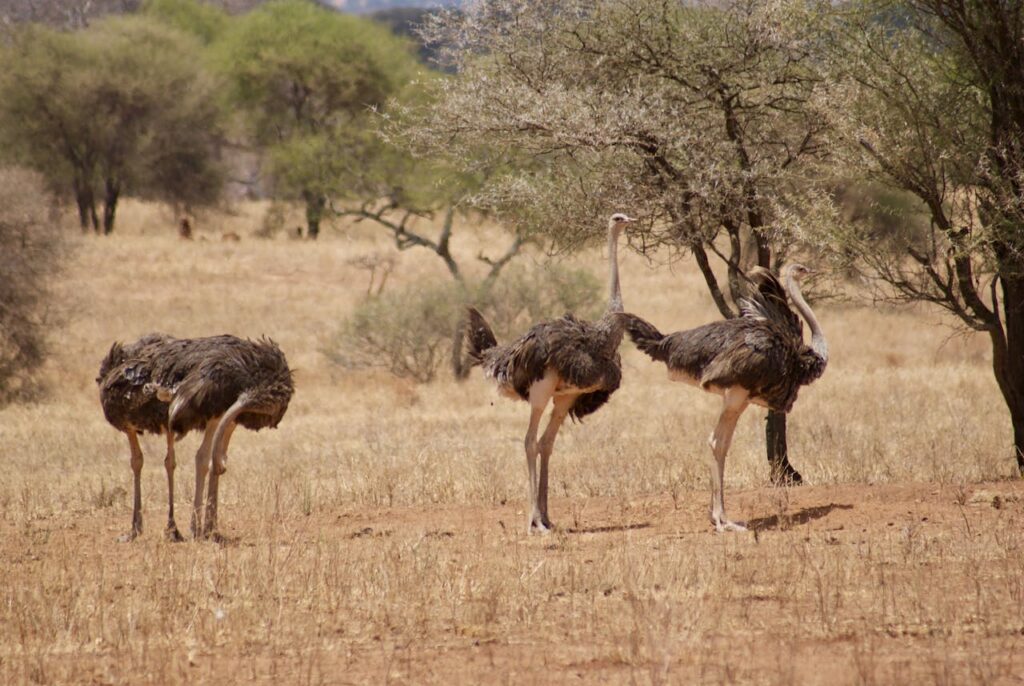
Contrary to popular belief, ostriches do not bury their heads in the sand to avoid danger. This myth likely arose from seeing ostriches bending down to eat or turn their eggs. In reality, they lie low and press their necks to the ground in an attempt to remain less visible.
Goldfish have a three-second memory.
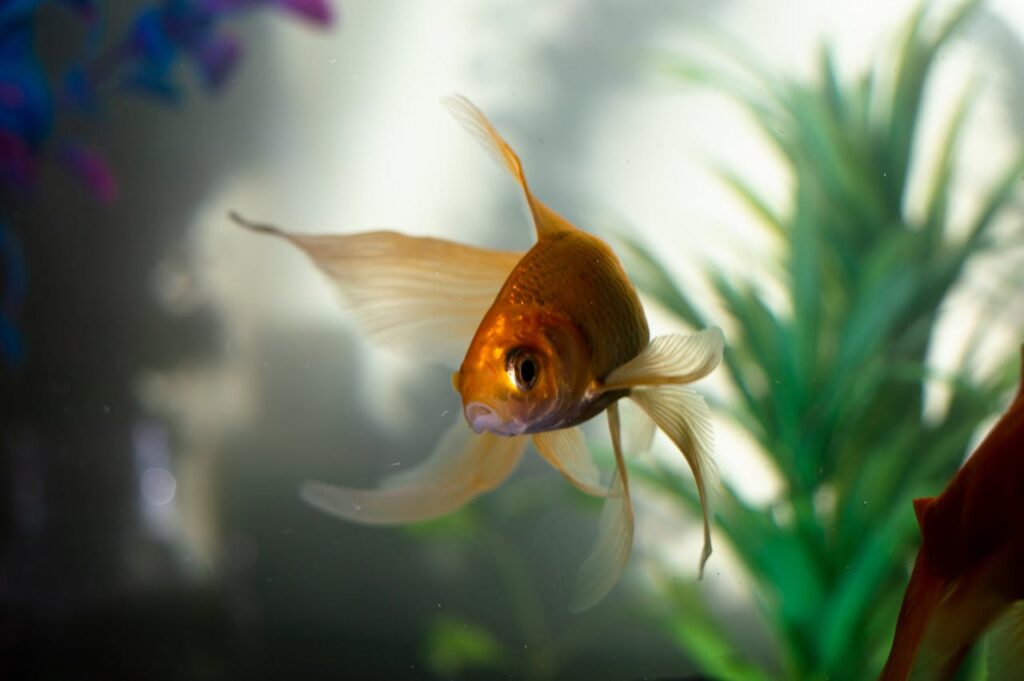
Goldfish actually have quite good memories for fish. Research has shown they can remember things for up to five months, not just three seconds. Their ability to be trained to recognize different colors and sounds demonstrates their memory capabilities.
Bats are blind.
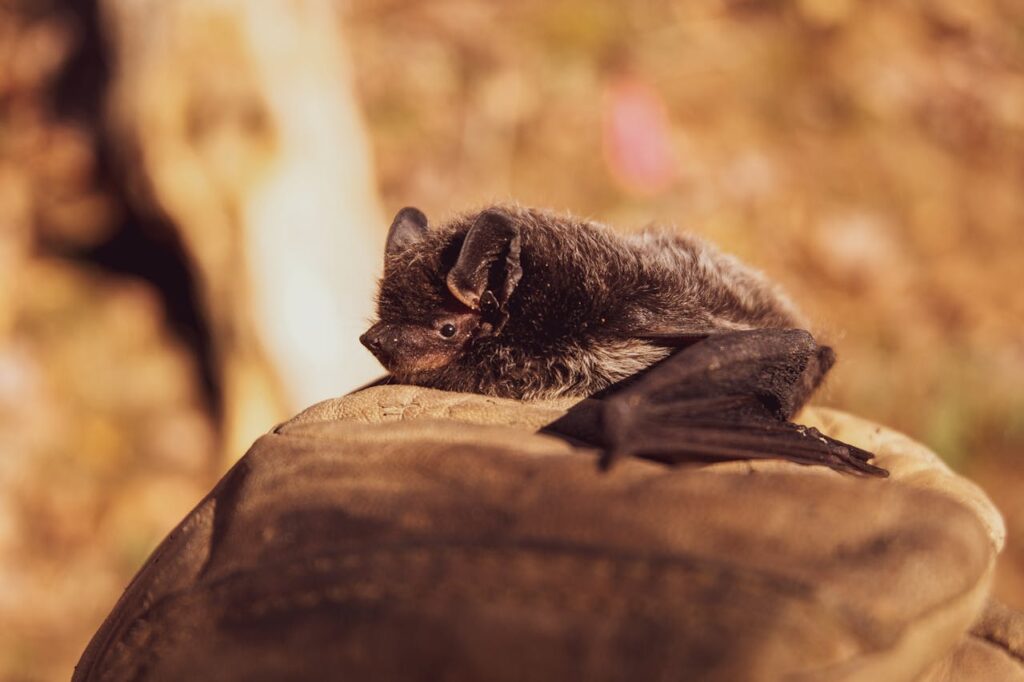
Bats are not blind; they can see quite well. However, at night, they rely more heavily on their highly developed echolocation abilities to navigate and find food, which is more effective in the dark.
Touching a baby bird will make its mother reject it.
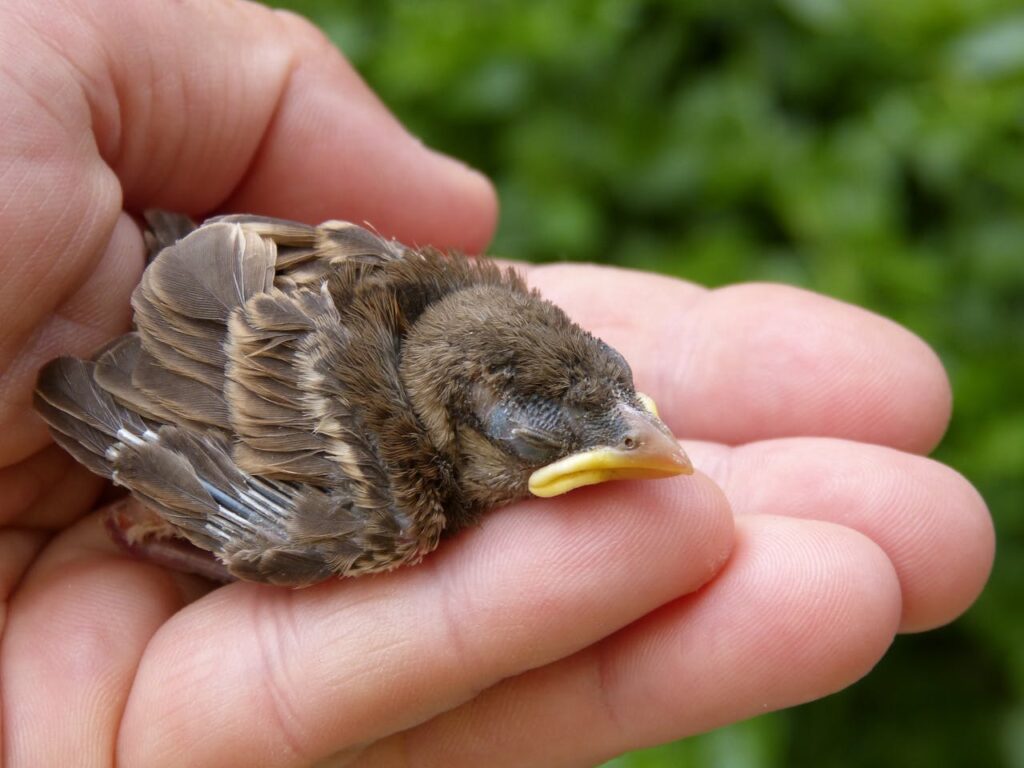
Most birds have a limited sense of smell, so touching a baby bird will not cause its parents to abandon it. It’s best to put baby birds back in their nest if possible, as parents will usually continue to care for them.
A dog’s mouth is cleaner than a human’s.
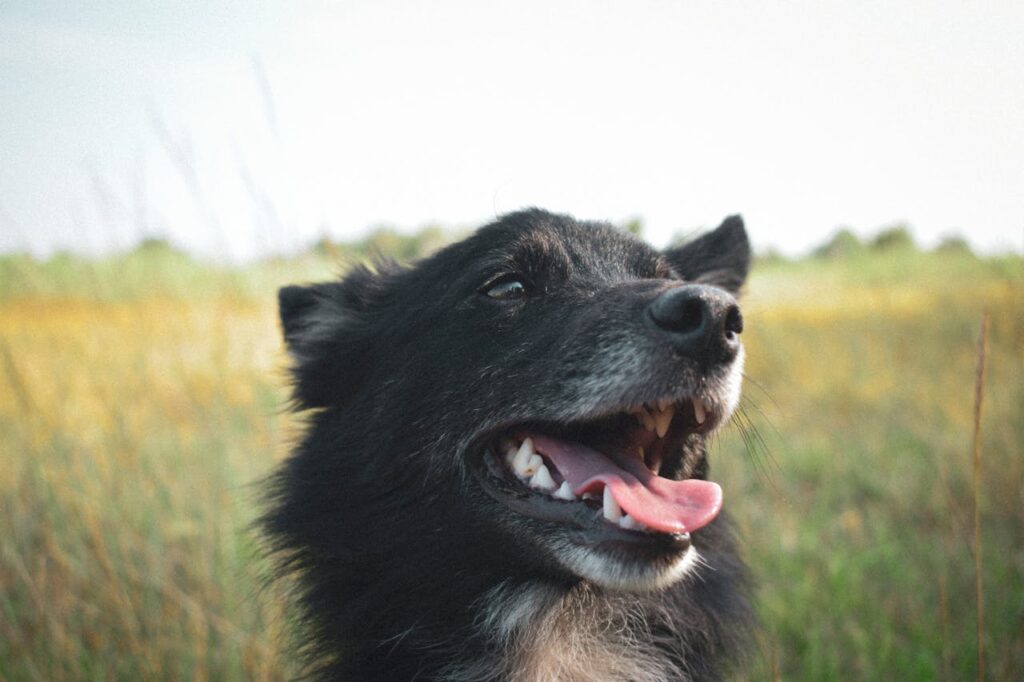
Dogs’ mouths are not cleaner than humans’. Both contain a similar number of bacteria, some of which can be quite harmful. However, the types of bacteria are generally species-specific and do not usually cause disease when transferred to humans.
Cats always land on their feet.
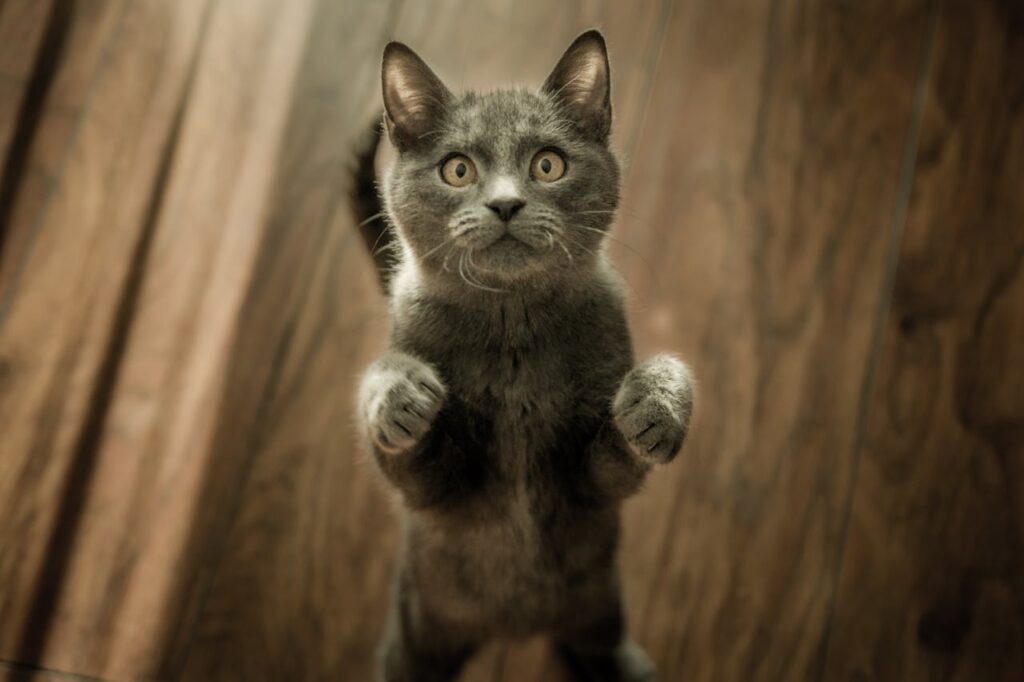
While cats have a reflex to orient their bodies as they fall (called the righting reflex), they don’t always land on their feet, especially from short falls. Injuries can and do occur.
Elephants are afraid of mice.
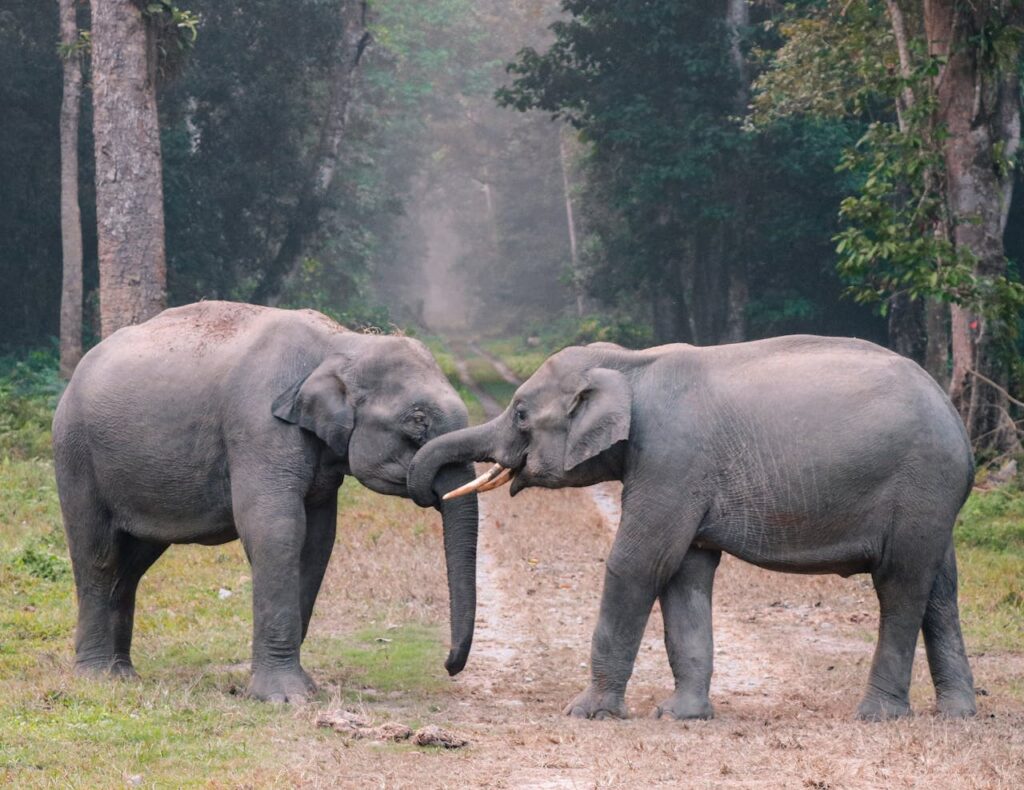
There is no scientific evidence to support the idea that elephants are afraid of mice. Elephants might be startled by sudden movements of smaller animals, but not specifically because they are mice.
Sharks don’t get cancer.
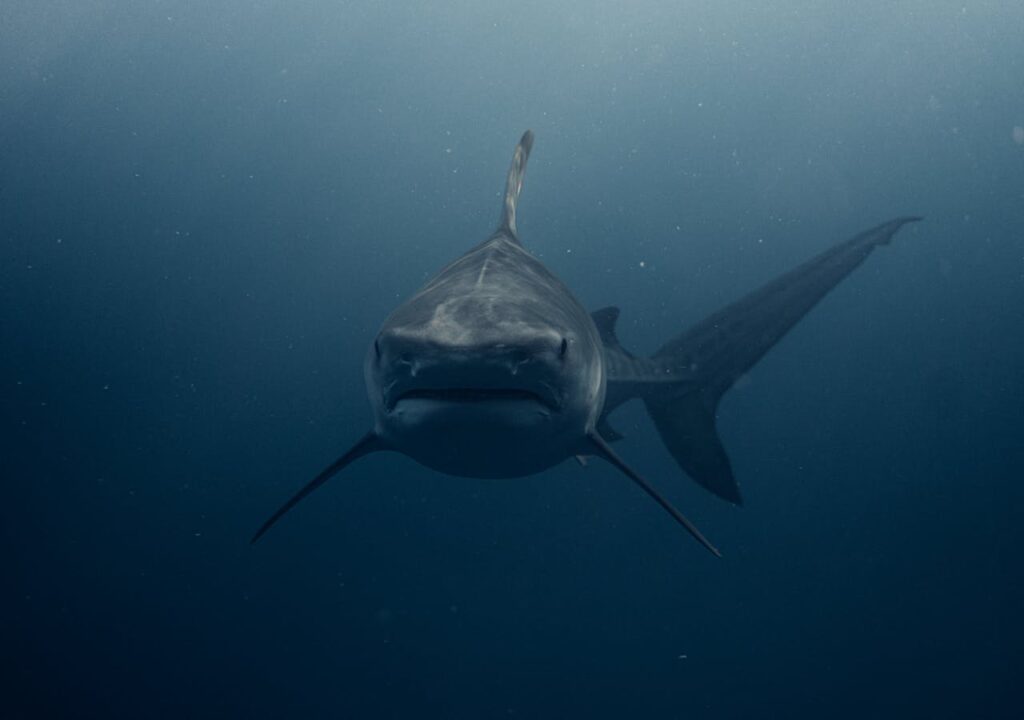
Sharks can get cancer. The myth that they are immune has led to harmful practices like harvesting them for cancer treatments, which have no scientific basis.
Frogs will stay in water as it slowly heats to boiling.
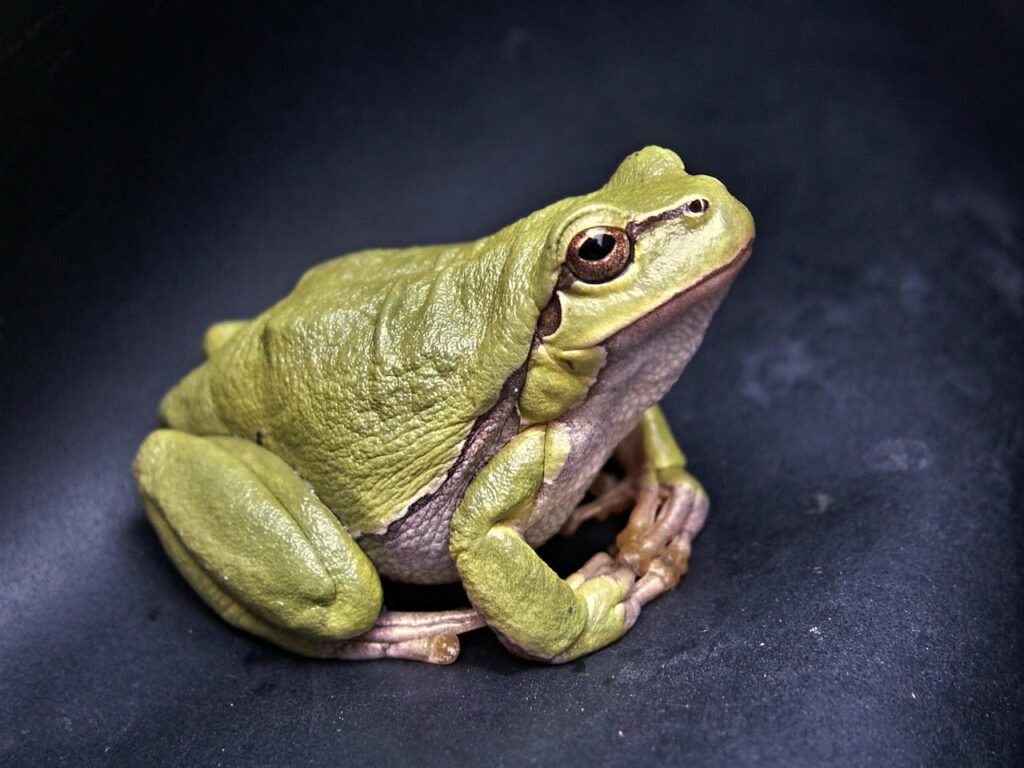
Frogs will attempt to escape hot water, contrary to the myth suggesting they won’t notice a gradual temperature increase. Studies have shown they are sensitive to changes in their environment.
Camels store water in their humps.

A camel’s hump does not store water; it stores fat, which the animal can metabolize when food and water are scarce. Camels are well-adapted to desert environments, but their hydration comes from their ability to avoid rapid water loss.
Wolves howl at the moon.
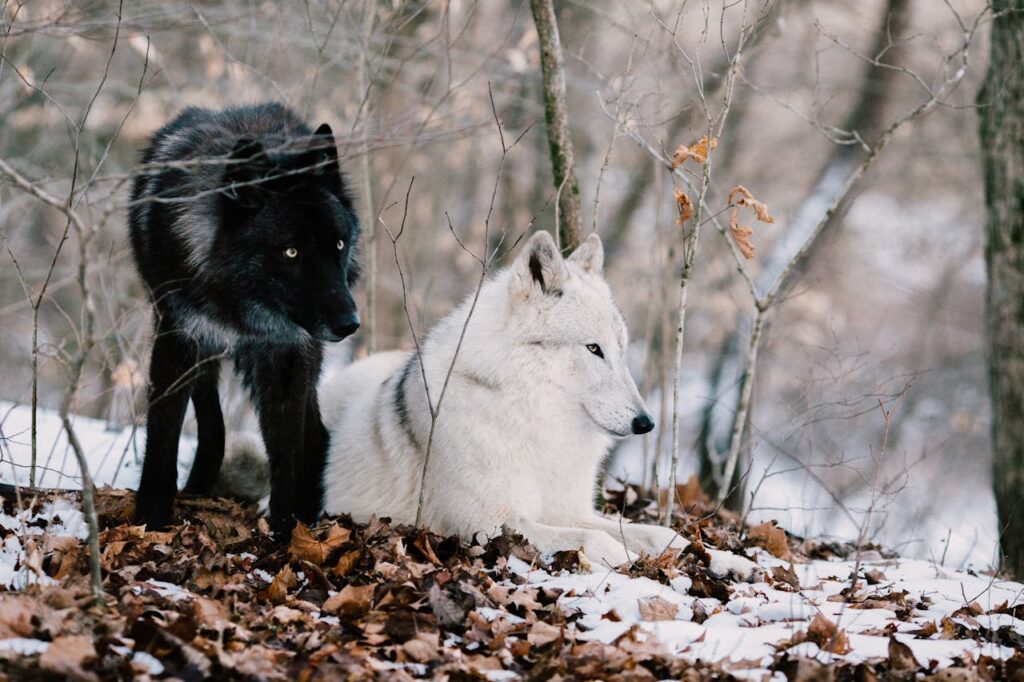
Wolves do not howl at the moon. They howl to communicate with each other. Their howls can convey messages about their location, warn off other packs, or bring members together.
Porcupines shoot their quills.
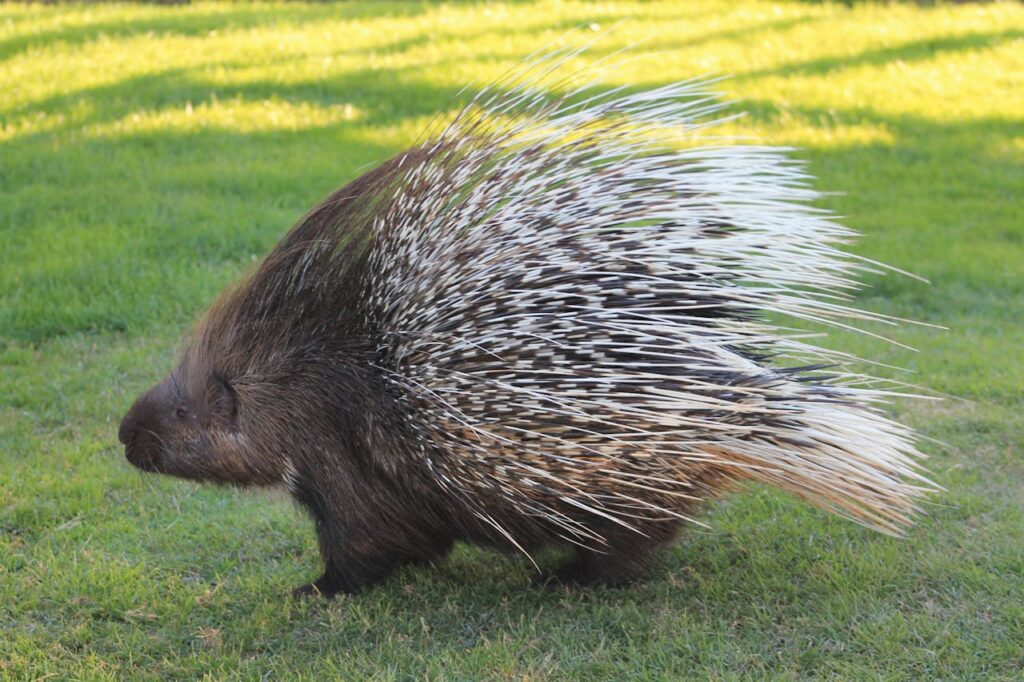
Porcupines cannot shoot their quills; however, the quills can detach when predators come into contact with them. The quills are barbed, making them difficult to remove once embedded.
Swans sing when they are dying.
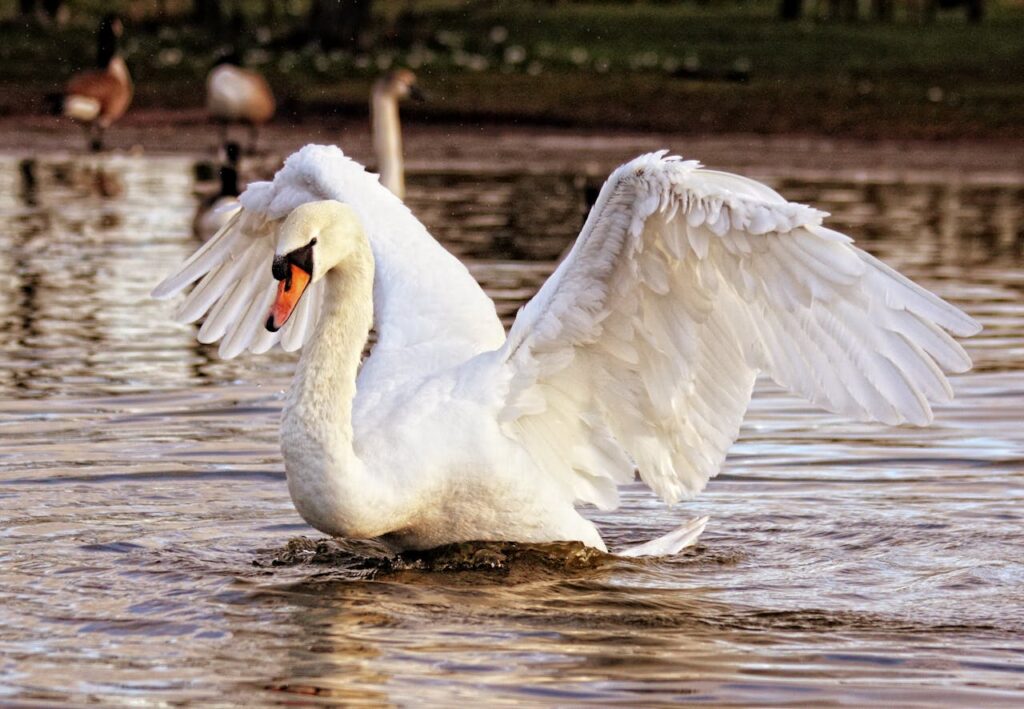
The idea of a “swan song” is metaphorical. While swans can be more vocal when they sense the end is near, they do not sing a special song before dying.
Toads cause warts
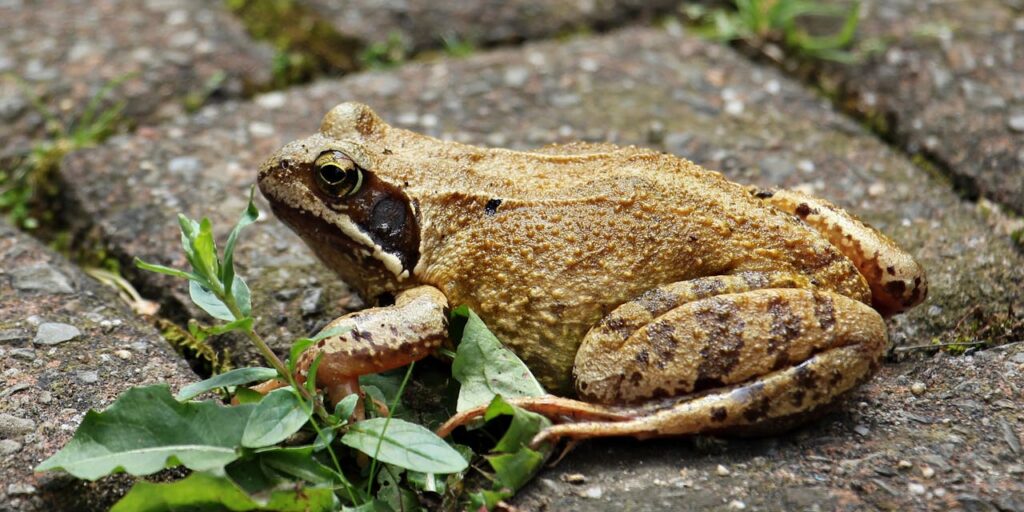
Touching a toad cannot cause warts. Warts are caused by human viruses, not by toads. The bumps on a toad’s skin are glands that produce and secrete substances that may be irritating or toxic to predators.
Lemmings commit mass suicide.
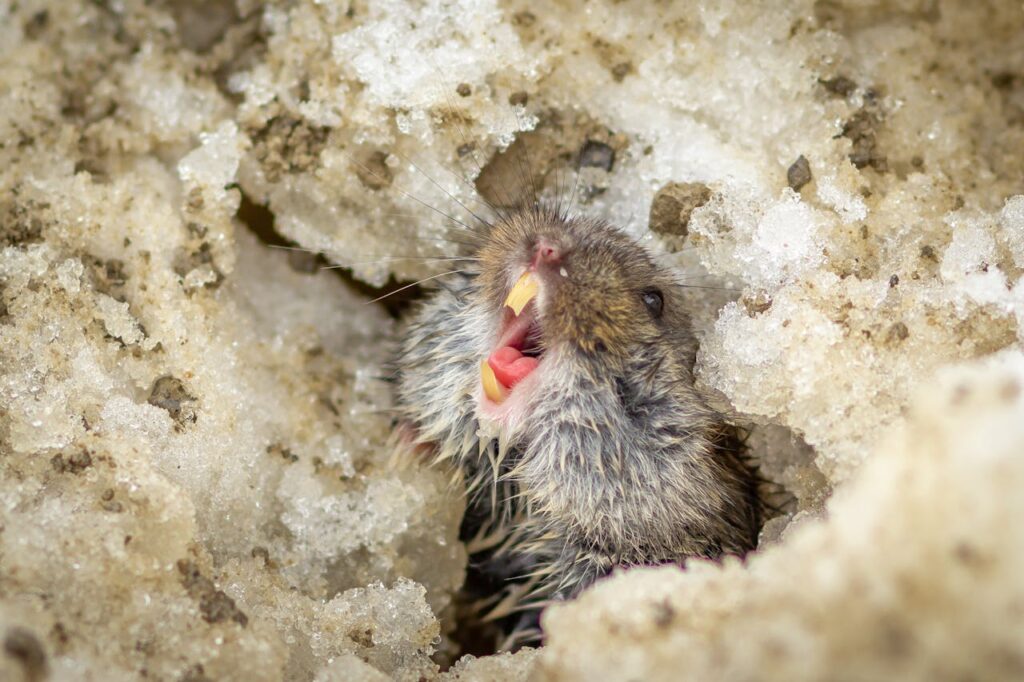
The myth of lemmings committing mass suicide is false. This misconception was popularized by staged footage in the 1950s. Lemmings do migrate in large groups, sometimes resulting in accidental deaths, but not intentional suicide.
Chameleons change color to blend with their environment.
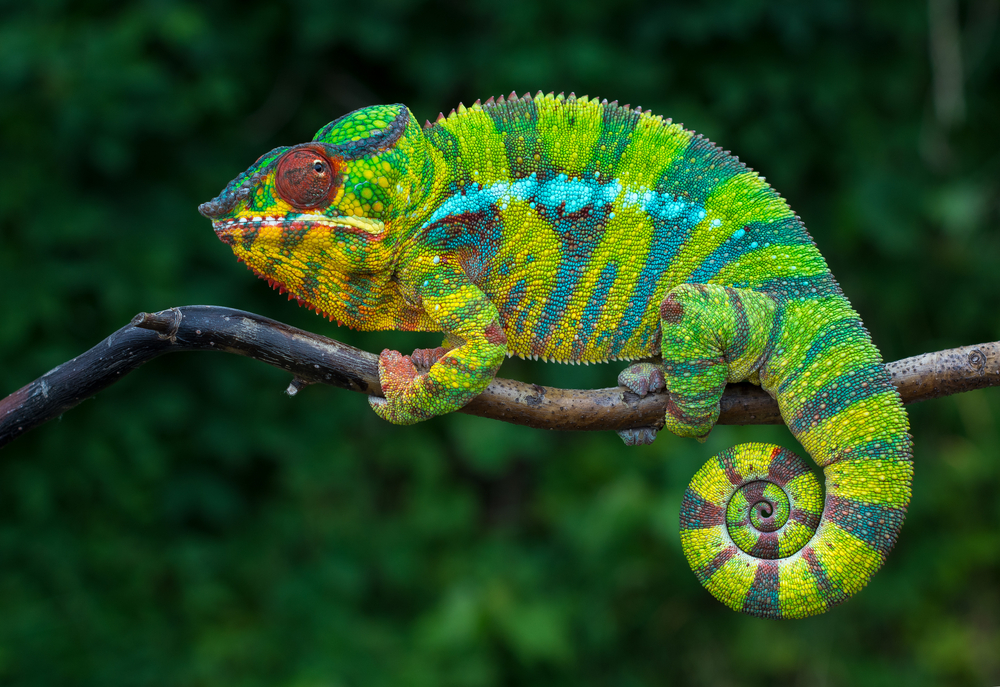
While chameleons do change color, it’s not just for camouflage. Color changes are more commonly used to regulate their temperatures or communicate with other chameleons.
Bulls hate the color red.
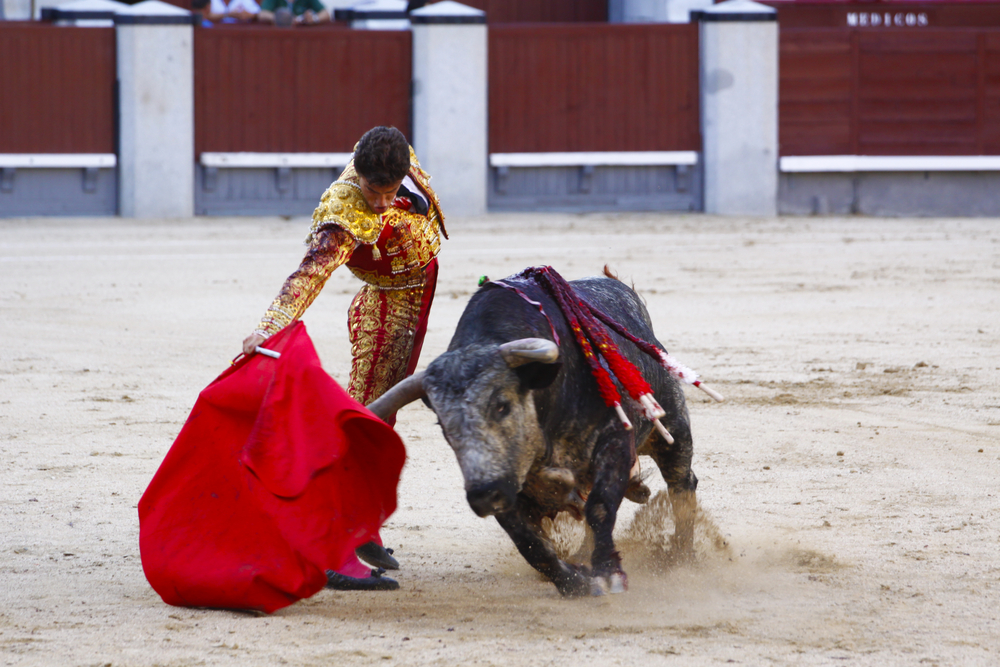
Bulls are actually colorblind to red. The motion of the matador’s cape is what provokes a bull in a bullfight, not the color.
Peacocks can’t fly.
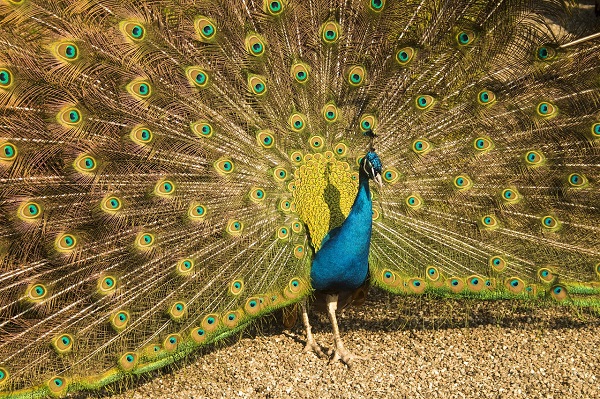
Peacocks can fly, albeit not very far or for very long. They use flight primarily to escape predators and to roost in trees at night.
Snakes can hypnotize their prey.
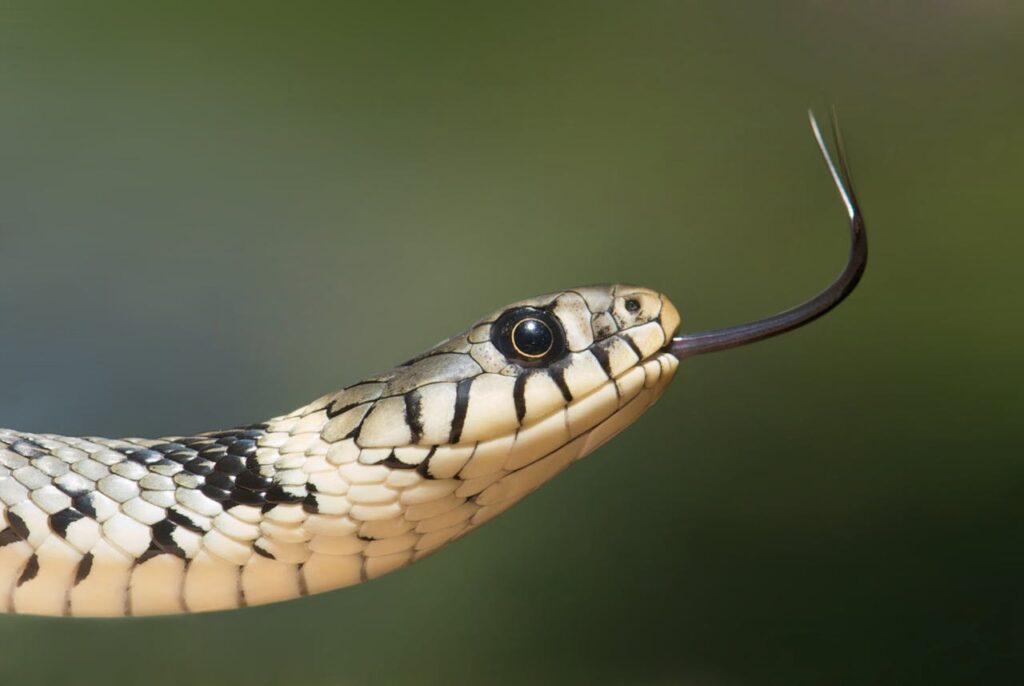
Snakes do not hypnotize their prey. The myth might come from the intense, fixed stare of a snake before striking, but this is simply a part of their hunting and attack strategy.
All bears hibernate.
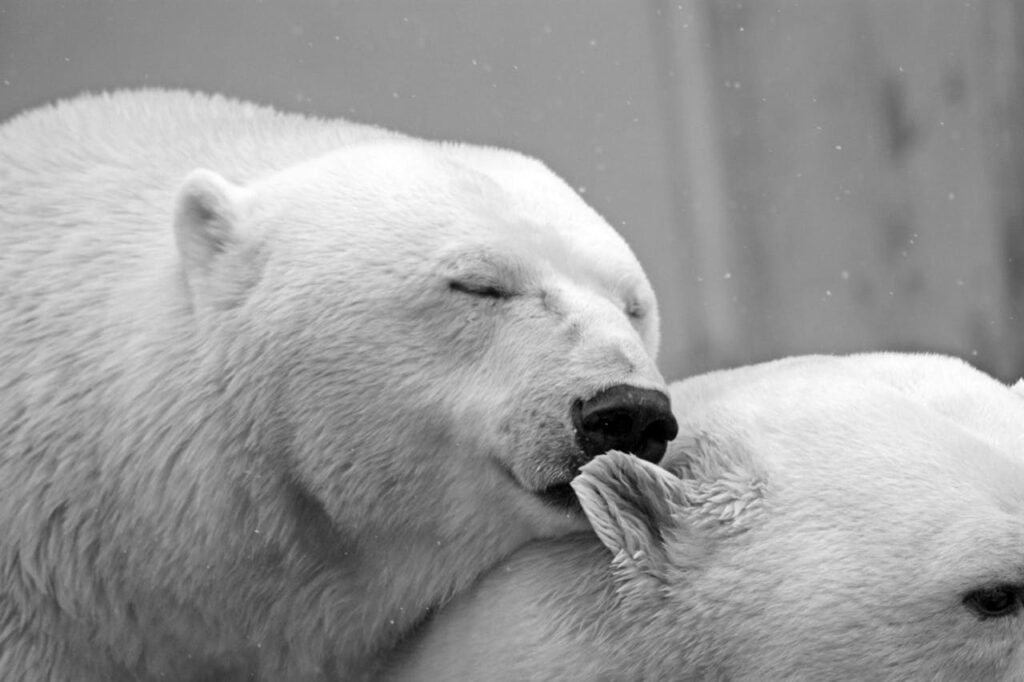
Not all bears truly hibernate; some enter a lighter form of sleep known as torpor. The duration and depth of torpor can vary widely among species, and not all bears need to hibernate depending on their climate.
This article originally appeared on UnifyCosmos.
More from UnifyCosmos
20 Common Relationship Mistakes to Avoid

This article offers insights into recognizing and rectifying these mistakes, helping couples strengthen their bond. Through practical advice, it aims to guide partners towards a more understanding and resilient connection. Read more!
20 Intriguing Facts About Endangered Animal Species

Discovering intriguing facts about these endangered animals not only broadens our understanding but also emphasizes the importance of protecting our natural world for future generations. Read more!
25 Surprising Facts About Dreams and How We Sleep

Join us on this journey as we delve deeper into the wonders of this fundamental aspect of human experience. Read more!
Leave a Reply